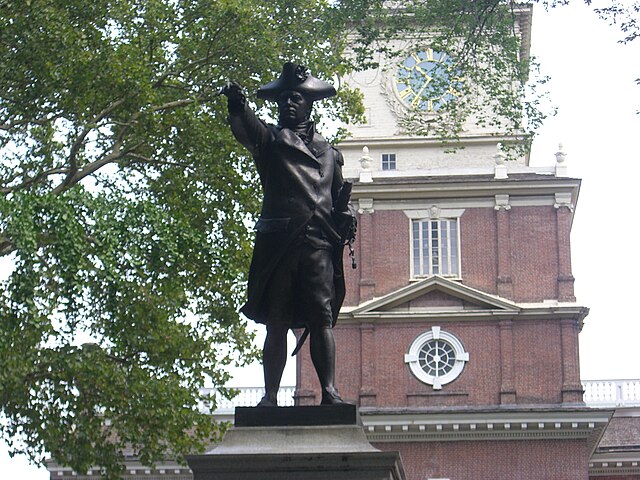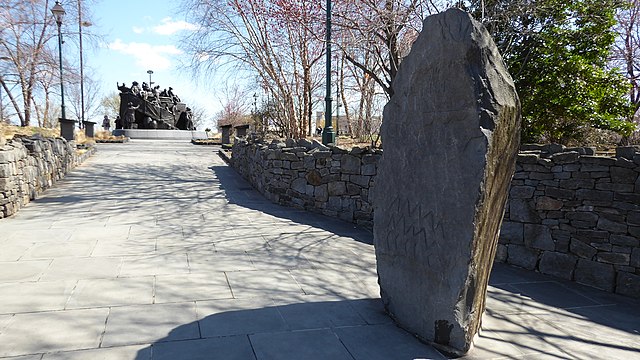History of Irish Americans in Philadelphia
People of Irish descent form the largest ethnic group in the city of Philadelphia and its surrounding counties. The Irish have lived in Philadelphia since the pre-American Revolution period. Irishmen had participated in pro-Revolutionary activities in Philadelphia during the Revolutionary War. Like many American cities in the 19th century, Philadelphia, which was once a Quaker stronghold, changed dramatically with the influx of European immigrants. The first major influx of Irish came in 1844 from rural areas, spurred by the Irish Famine. Because of the Quaker belief and pledge of religious tolerance, Irish Catholics and Protestants, among others, made the city incredibly diverse. Philadelphia at the time had a need for industrial labor, and at the time Philadelphia was becoming a major industrial center in the United States. Irish took industrial positions. In the 1840s and 1850s, anti-Catholic sentiment grew against the Irish, and eventually led up to riots, such as the Philadelphia nativist riots and the Lombard Street riot. Eventually the Irish gained financial and social status in the latter half of the 19th century and founded institutions during the period. Many Irish Philadelphians would later move on to other major Americans cities, such as Detroit, Milwaukee, Seattle, and St. Louis.

Grave of some of the 57 Irish victims of Duffy's Cut in West Laurel Hill Cemetery
Commodore John Barry statue in front of Independence Hall
Enclosure at Duffy's Cut where the majority of the remains are believed to rest, possibly after having been moved.
"Leacht Cuimhneacháin na nGael", Irish famine memorial located in Philadelphia.
Kensington is a neighborhood in Philadelphia that belongs to Lower Northeast. As with all neighborhoods in the city, the lack of any official designation means the boundaries of the area vary between sources over time and are disputed among locals. Kensington, as most long-term residents view it, refers generally to the area consisting of Kensington, East Kensington, West Kensington, and Harrowgate. The adjacent Fairhill and Norris Square neighborhoods are more separate but may be included in Kensington; Fishtown and South (Olde) Kensington were historically included. The most conservative boundaries of the neighborhood, shown in the map below, are Front Street and 5th Street to the west, the Amtrak train tracks to the North, Trenton Avenue, the Trenton Avenue train tracks, and Frankford Avenue to the east, and Cecil B. Moore Avenue to the south.

Beatty's Mills Factory Building, a historic textile mill that is now the Coral Street Arts House, which provides artists with low-income housing
The Market–Frankford Line in Kensington
A playground in East Kensington and Beatty's Mills Factory Building in the background in 2006
The McPherson Square Branch of the Free Library of Philadelphia








